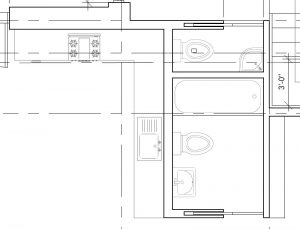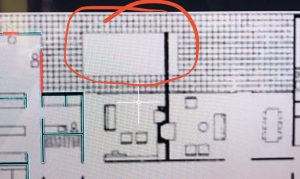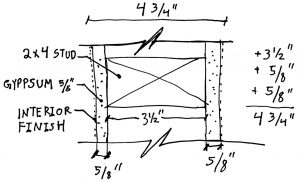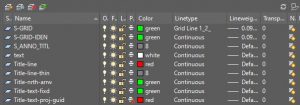Question
How far does the key go into the footing?
Response
Concrete of type the typical for foundations well in increments of an 1/2 inch. Smaller increments have a risk of not casting properly. A good key to mention for this project would be 3 inches on top by 2 inches in depth by 1.5 inches at the base.





 figure 1
figure 1 figure 2
figure 2

